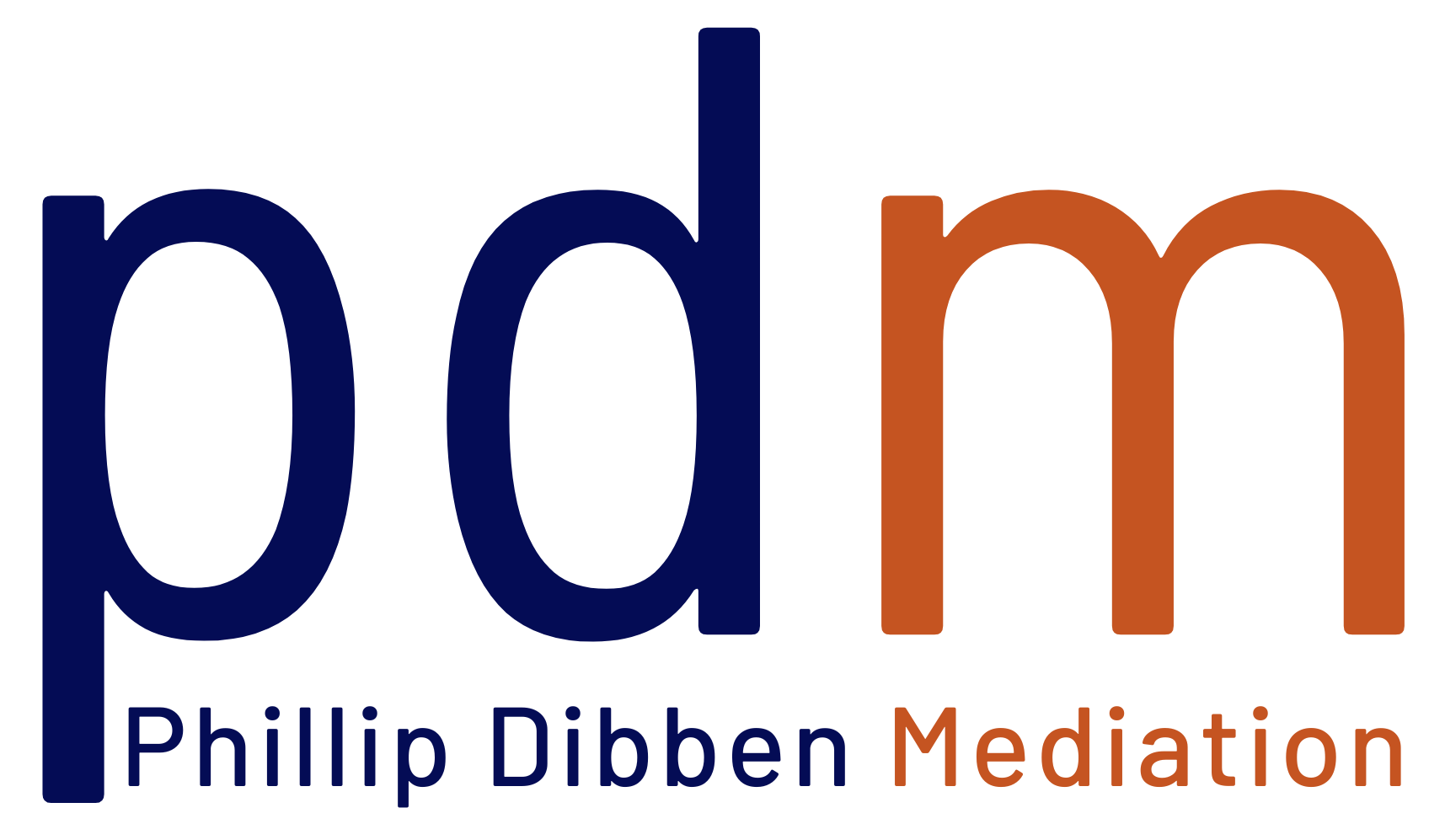The Mediator will invite you to tell your side of the story – but what should be included?
This is your opportunity to state why you are at the mediation, what you include here has a big part in setting the mediation up for success. The best outcomes are achieved with a neutral voice and with a focus on the problems rather than the people involved. Ensure you include things that matter to you, the issues you want explored and resolved. Focus on your interests rather than a fixed position, try to offer multiple options and solutions rather than a fixed position. Aim to appeal to the other party’s desire to resolve the matter by offering areas of compromise rather than a “winner takes all” approach. Choose language that outlines the problem with honest and sincere feedback rather than as criticism, condemnation or complaint. While it’s vital you convey your side, you need to show your willingness to arrive at a mutually acceptable resolution.
Try not to let feelings cloud your judgement. Having an attitude of wanting to fix the problem will help you try to use objective criteria or standards when looking for solutions. Focus on the approach you are comfortable in taking rather than outcomes and explore or table any long and short-term consequences you see to any solutions offered.
Ultimately, respect all parties – be fair and be open, both in your statements and in your listening.
Mediation can be an emotional and confronting process, you can discuss this with you mediator beforehand and look at options such as delivering your opening statement to the mediator in private or having your legal representative read it for you. Practicing your statement out loud helps, maybe in front of the mirror, as you become are familiar with it and comfortable reading it. Opening statements from each disputant are generally around 5 minutes each, depending on the nature of the dispute. They can be longer if needed, but each side will be offered the same length of time to speak free of any interruptions. Statements need to include enough information to provide the mediator a good background of the dispute and of the areas that you are looking to resolve. Ideas of what resolving the dispute might look like for you are also important.
So just what is the Mediator looking for? They want (and need) to hear each party’s story. Their aim is to bring those stories together, looking for common themes to help build an agenda towards successfully resolving your problem.
Your mediator will use the common theme to identify matters for further discussion to provide a road map for your mediation process. While mediations have many common elements, each mediation is tailored with the nature of the dispute and the people involved largely dictating the process. There is no one size fits all approach, the mediation will be designed to best help you resolve your dispute in a way that is as mutually beneficial as possible.
If you would like to find out more about our services, please contact phillip@pdmediation.com.au
References:
- Australian Disputes Centre Training Guide, 2021
- NADRAC (AUSTRALIAN DISPUTE RESOLUTION ADVISORY COUNCIL), Your Guide to Dispute Resolution, 2012
- How to Win Friends and Influence People, Dale Carnegie
- Staying with Conflict, Bernard Mayer, 2009, John Wiley & Sons




